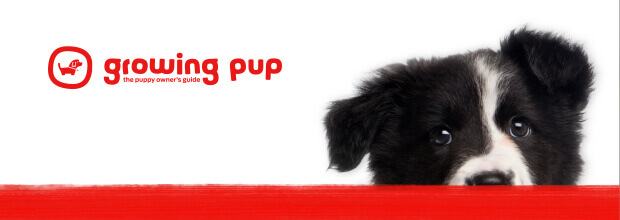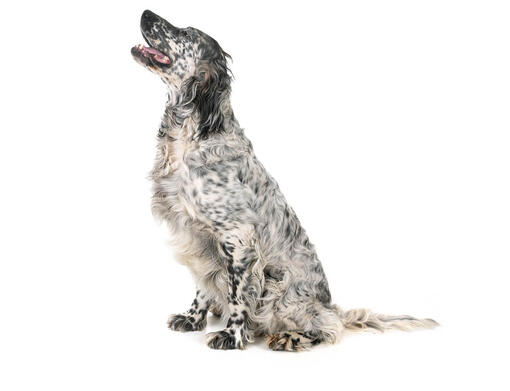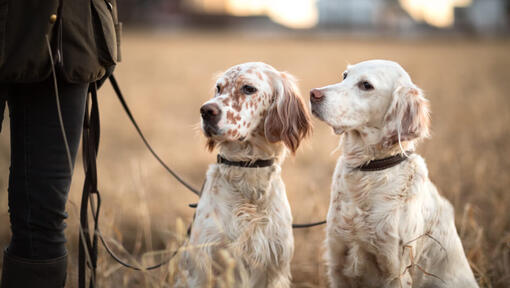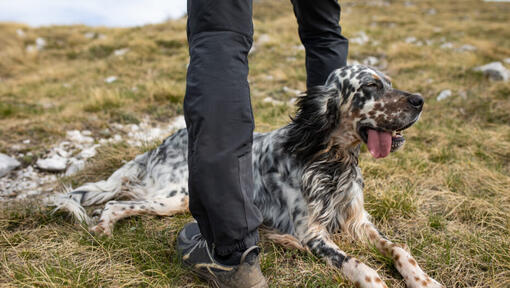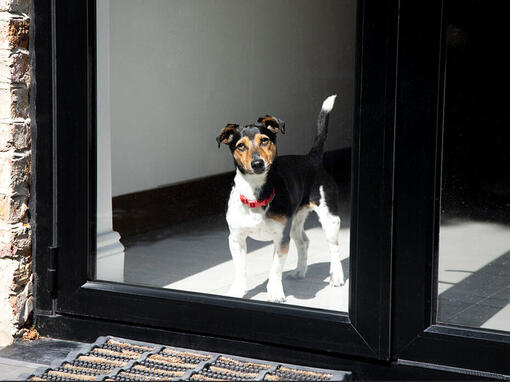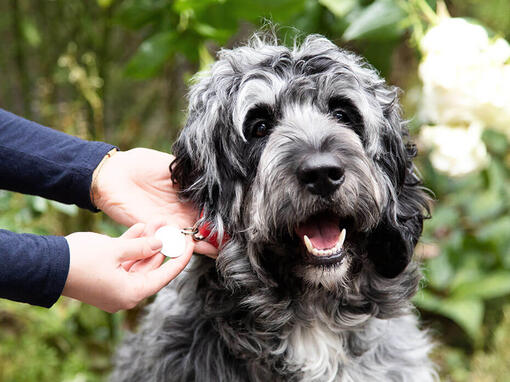History and Origins
Country of Origin: England
The English Setter’s roots go back to the 1500s, when references to bird dogs that probably resemble the modern English Setter in some way were recorded. There was however, much competition and rivalry between landowners to develop their own specific Setter, and so the exact history is unclear with many variations!
It’s likely the Setters are an offshoot of the various land spaniels brought over from Spain, with the possible addition of water spaniel, pointer and springer spaniel types.



